The Exposition Universelle of 1889, also known as the World’s Fair, was held in Paris celebrating 100 years since the start of French Revolution. Paris used this celebration to reconstruct parts of the city surrounding the Bastille. There were attractions, exhibits, 28,000,000 visitors, and most unforgettable of all, the 1063-foot breathtaking iron structure so famously known as the Eiffel Tower. Gustave Eiffel’s vision as the engineer and designer was to astonish crowds with the tallest building in France, which at the time was built as the entrance to the World’s Fair. He succeeded. Not only was the Eiffel Tower the tallest building in the world until 1930 upon the completion of the Chrysler Building in New York, but it is still themost-vistited paid monument in the world.
More on the Eiffel Tower after the break.
The design was conceptualized using the principles of bridge structures, which Eiffel’s engineering company had mastered. The Eiffel tower was to consist of four columns of lattice work girders separated at the base and meeting at the top of the structure with metal girders at regular intervals. Eiffel was confident in the strength of his structure, and during the design process in 1884 he registered a patent ”for a new configuration allowing the construction of metal supports and pylons capable of exceeding a height of 300 metres (1000 feet).”
Construction began on July 1,1887. More than three hundred workers worked long hours for two years to assemble the structure, which was made of puddled iron. The 18,000 pieces that formed the tower were each specifically designed and calculated precisely to the tenth millimeter. The iron framework was held together by thermally assembled rivets that contracted during cooling to create a tight fit. The four uprights that constitute the base rest on concrete foundations. The arches between them serve no structural purpose but are a romantic gesture integrated into the design for aesthetic purposes. As construction continued towards the top, conditions became more dangerous due to there being only three intermediate floors in the tower. There were few problems, however, and the structure was quickly erected in record time.
Upon its completion in 1889 Eiffel received his decoration from the Legion of Honor. The installation of public elevators to the three levels of the tower was a challenge. The elevators rise up the four piers to the two lower levels, each which contains a restaurant and a deck around the tower for extensive views of the city. To get to the top of the tower, two counterbalanced cabins take visitors to skies on a daily basis.
The tower was not appealing to many people during the construction, and several significant artists and writers signed the “Protest Against the Tower of Monsieur Eiffel.” Insults were made by opposing satirists, calling it a “truly tragic street lamp” and “a belfry skeleton. These opinions seemed to fade away, however, upon the tower’s completion. Not only did it attract a number of visitors, but it left the world in awe. The Eiffel Tower became the symbol of Paris. People climb up through the structure and with each step have impressive views of the city through the iron framework. It is exciting, scary, magical, and exhilirating to ascend up the tower to the highest point in Paris while constantly feeling the wind in your face while having the chance to physically hold the exterior of the structure surrounds you. At night the tower illuminates with 20,000 special lightbulbs lighting up the city. For ten minutes every hour small lights flicker along the tower, sparkling like diamonds. An architectural experience unlike any other, the Eiffel Tower is an icon that the world insists to keep as one of man’s most monumental structural achievements.
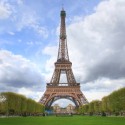
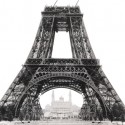
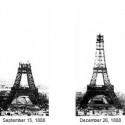
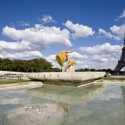
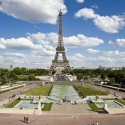
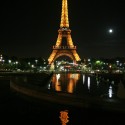
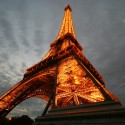
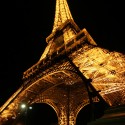
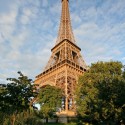
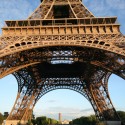
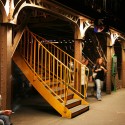
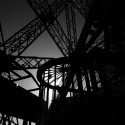
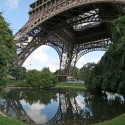
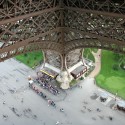
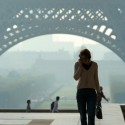
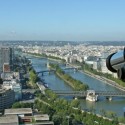
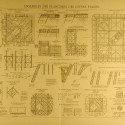
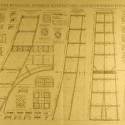
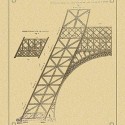
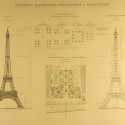
Contractor: Gustave Eiffel & Cie
Architect: Stephen Suavestre
Location: Paris, France
Engineers: Maurice Koechlin & Emile Nouguier
Photographs: Depending on the photograph: Fred Relaix, tour-eiffel.fr, and on Flickr: Anirudh Koul
References: tour-eiffel.fr
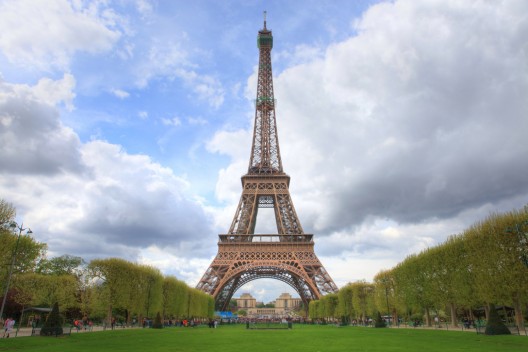
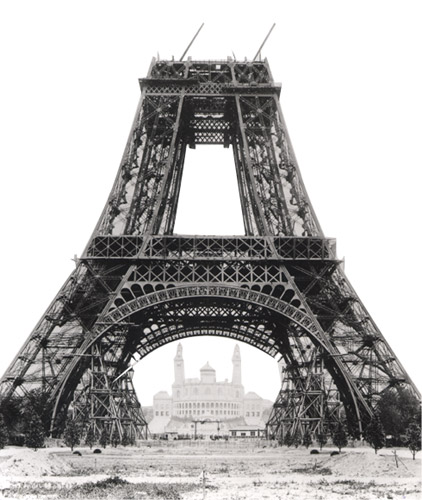
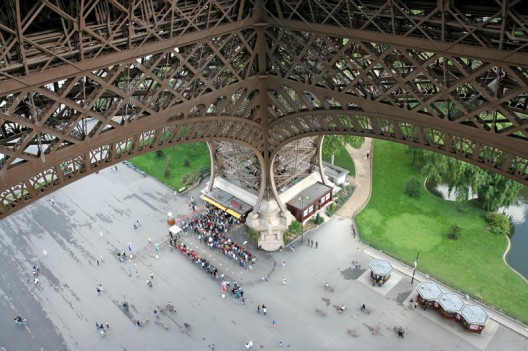
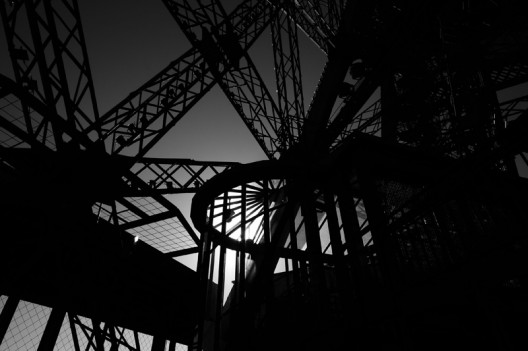
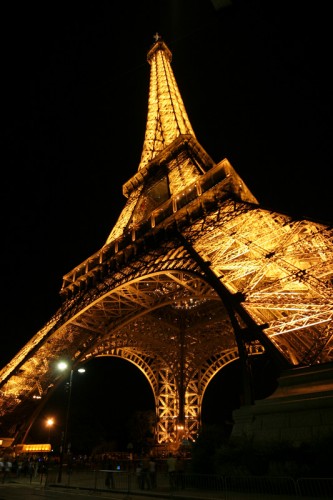
No comments:
Post a Comment